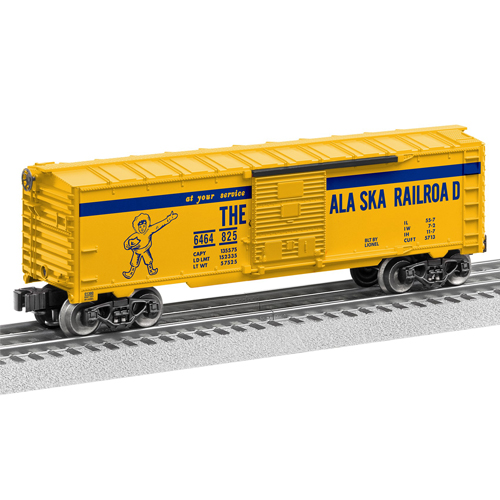As far as what constitutes a true 6464-I dont think there is unanimous opinion. Remember that the different Types of PW 6464 body types had different rivet distribution, some 9200 ( and even a few rare 9700s) had metal door guides-and post 1970 modern Lionel clearly did lots of additional /different numbered 6464s like the 6464 197, 291, etc. So I guess we could just talk about the PW 6464s and the modern 6464s..
I think that's making the conversation on what visually constitutes a 6464 style of boxcar body more nebulous than it has to be.
I think it's universally agreed at a basic level, what visually defines a 6464 "style" boxcar is the side rivet detail, upper and lower metal door guides, and 6464 numbering. While there were many different variations on the side rivets where gaps existed, it's well known this was done to accommodate all the various graphics that utilized the stamping technologies of the time where a smooth, continuous surface made the process easier to accomplish. If the technologies of today were available then, it's pretty obvious that Lionel would have used full rivets down the boxcar sides.
While the early 9200 and a scant handful of 9700 boxcars did have metal door guides, they still had smooth-sided instead of riveted side bodies (with the exception of the 9203 UP boxcar that had a single line of rivets going partway up the boxcar on each side) so again, this doesn't fit the visual styling cues of a traditional 6464 boxcar mold. MPC eliminated the metal door guides as a cost-cutting measure and the rivets were removed entirely to make applying the graphics easier rather than making all the adjustments to the rivet patterns as PW Lionel did.
So I think what can be defined as a 6464 style boxcar from a normative, body detail perspective is more straightforward than being made out to be and to introduce outliers and non-normative scenarios is unnecessarily muddying the issue. But to the last point on categorizing 6464 boxcars made in the PW and modern era, no argument there. 




